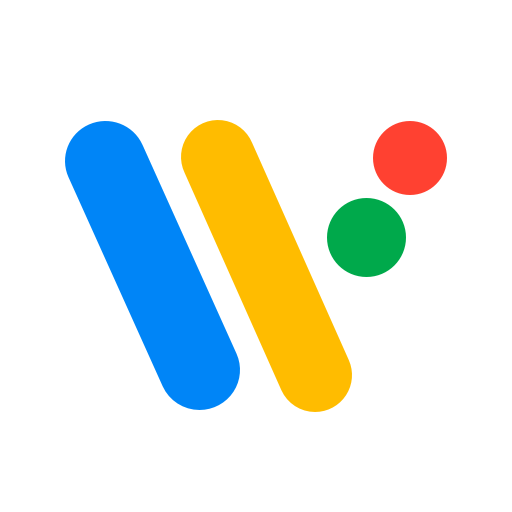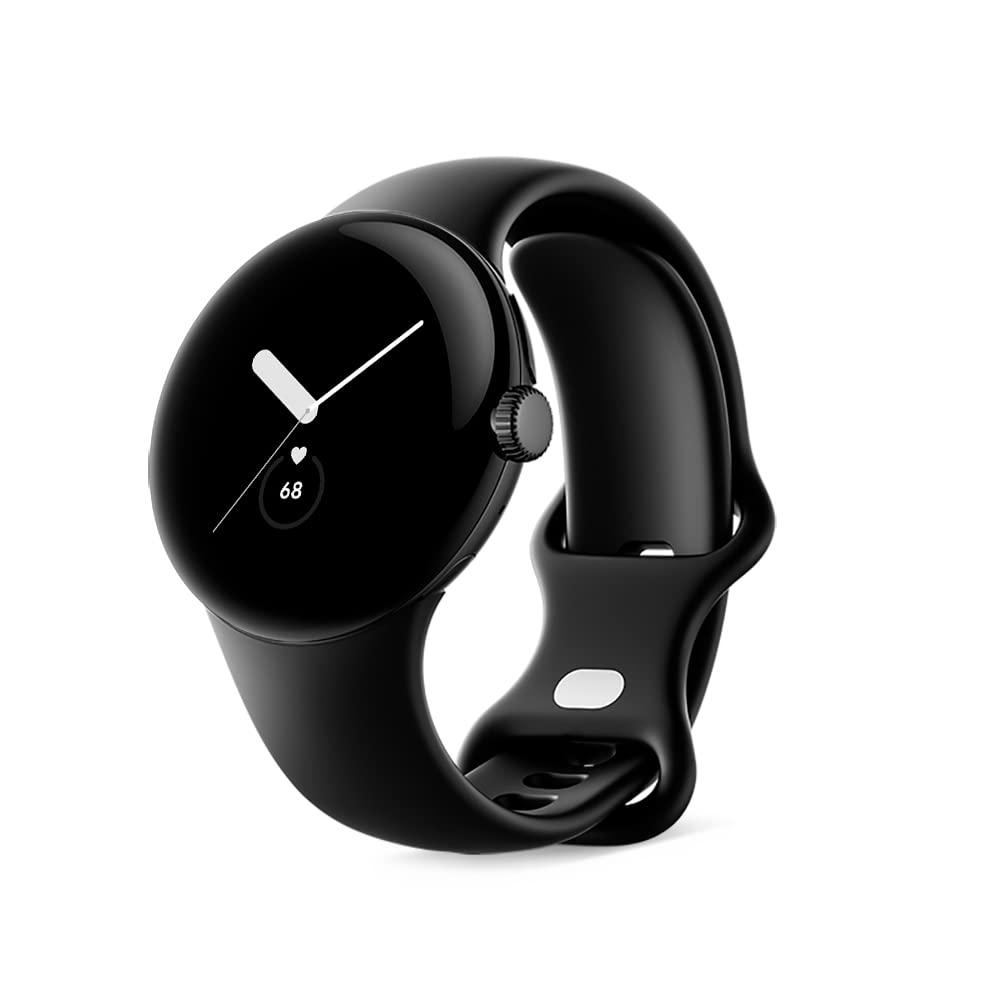“10 Powerful Tips to Maximize Your Productivity on Google Wear OS!”
- Introduction to the Google Wear OS
- History and Development of Google Wear OS
- 2.1 Evolution from Android Wear

- 2.2 Key Milestones in Development
- Features and capabilities
- 3.1 Customization Options
- 3.2 Integration with Google Services
- 3.3 Health and Fitness Tracking
- Compatibility and Ecosystem
- 4.1 Device Compatibility
- 4.2 Third-Party App Support
- User experience and interface
- 5.1 Interface Design
- 5.2 Navigation and Usability
- Latest Updates and Enhancements
- 6.1 Recent Improvements
- 6.2 Future Developments
- Comparison with Other Smartwatch Platforms
- 7.1 Advantages of the Google Wear OS
- 7.2 Drawbacks and Limitations
- Tips and Tricks for Optimizing the Wear OS Experience
- 8.1 Battery Optimization Techniques
- 8.2 Customization Tips
- Community and Support
- 9.1 Online Communities and Forums
- 9.2 Official Support Channels
- Security and privacy concerns
- 10.1 Data Protection Measures
- 10.2: Privacy Settings
- Future Prospects and Innovations
- 11.1 Potential Areas of Improvement
- 11.2 Integration with Emerging Technologies
- Conclusion
- FAQs
- 13.1 What is Google Wear OS?
- 13.2 How does Wear OS differ from other smartwatch platforms?
- 13.3 Can Wear OS be customized according to individual preferences?
- 13.4: Is Wear OS compatible with all Android devices?
- 13.5 How can users ensure the security of their data on Wear OS devices?
Google Wear OS: Revolutionizing the Smartwatch Experience
In the era of technological advancement, smartwatches have become more than just accessories; they have evolved into indispensable companions in our daily lives. Among the various players in the smartwatch market, Google’s Wear OS stands out for its innovative features and seamless integration with the Android ecosystem.
Introduction to the Google Wear OS
Google Wear OS, formerly known as Android Wear, is a smartwatch operating system developed by Google. Launched in 2014, Wear OS is designed to provide users with a convenient and intuitive way to access essential information and perform tasks directly from their wrists.
History and Development of Google Wear OS
Evolution from Android Wear
Originally introduced as Android Wear, Google’s smartwatch platform underwent a rebranding in 2018, adopting the name Wear OS to reflect its compatibility with both Android and iOS devices. This strategic move aimed to broaden the user base and enhance the platform’s appeal to a wider audience.
Key Milestones in Development
Since its inception, Wear OS has undergone significant improvements and enhancements, with regular updates introducing new features and addressing user feedback. Key milestones include the introduction of standalone apps, support for LTE connectivity, and integration with Google Assistant.
Features and capabilities
Customization Options
One of the defining features of Wear OS is its extensive customization options, allowing users to personalize their smartwatch experience according to their preferences. From watch faces and widgets to notification settings and app layouts, users have the freedom to tailor their devices to suit their individual needs.
Integration with Google Services
As part of the Google ecosystem, Wear OS seamlessly integrates with various Google services, including Gmail, Google Maps, and Google Fit. This integration enables users to access their favorite apps and services directly from their wrist, enhancing convenience and productivity.
Health and fitness tracking
Wear OS devices are equipped with advanced sensors and algorithms for accurate health and fitness tracking. From step counting and heart rate monitoring to workout tracking and sleep analysis, Wear OS provides comprehensive insights into users’ physical activity and overall well-being.
Compatibility and Ecosystem
Device Compatibility
Wear OS is compatible with a wide range of smartwatches from leading manufacturers such as Samsung, Fossil, and Huawei. This diverse ecosystem offers users a variety of options to choose from, catering to different preferences and style preferences.
Third-Party App Support
In addition to native apps, Wear OS supports a vast ecosystem of third-party apps, ranging from productivity tools and entertainment apps to health and fitness trackers. This extensive app library enhances the versatility and functionality of Wear OS devices, ensuring that users can find apps for every aspect of their lives.
User experience and interface
Interface Design
Wear OS features a clean and intuitive interface designed to provide users with quick and easy access to essential information and features. The interface is optimized for the small screen size of smartwatches, with intuitive gestures and navigation shortcuts for seamless operation.
Navigation and usability
Navigating through Wear OS is effortless, thanks to intuitive gestures such as swiping, tapping, and scrolling. Whether checking notifications, launching apps, or interacting with Google Assistant, users can navigate the interface with ease, minimizing the learning curve for new users.
Latest Updates and Enhancements
Recent Improvements
In recent years, Google has introduced several updates and enhancements to Wear OS, focusing on improving performance, battery life, and the overall user experience. These updates include optimizations for faster app launch times, enhanced battery-saving modes, and new features such as handwashing detection and sleep tracking.
Future Developments
Looking ahead, Google continues to invest in the development of Wear OS, with plans to introduce new features and innovations to enhance its capabilities further. Future developments may include deeper integration with Google services, enhanced health and fitness tracking features, and support for emerging technologies such as augmented reality.
Comparison with Other Smartwatch Platforms
Advantages of the Google Wear OS
Wear OS offers several advantages over competing smartwatch platforms, including its seamless integration with the Android ecosystem, extensive customization options, and support for third-party apps. Additionally, Google’s expertise in AI and machine learning enables Wear OS to provide personalized recommendations and insights tailored to individual users.
Drawbacks and Limitations
Despite its strengths, Wear OS has faced criticism for its inconsistent performance, limited app selection, and shorter battery life compared to rival platforms. While Google continues to address these issues through software updates and optimizations, some users may still find room for improvement in certain areas.
Tips and Tricks for Optimizing the Wear OS Experience
Battery Optimization Techniques
To maximize battery life on Wear OS devices, users can employ various optimization techniques, such as adjusting screen brightness, disabling unnecessary features, and enabling battery-saving modes. Additionally, managing background apps and notifications can help reduce battery drain and prolong usage between charges.
Customization Tips
Customizing Wear OS devices allows users to personalize their experience and tailor it to their preferences. From choosing the perfect watch face to organizing apps and widgets, exploring customization options can enhance usability and make the device feel truly unique.
Community and Support
Online communities and forums
Wear OS users can connect with fellow enthusiasts and seek advice from the vibrant online community of smartwatch enthusiasts. Platforms such as Reddit, XDA Developers, and the official Wear OS forums provide valuable resources, troubleshooting tips, and discussion forums for users to share their experiences and knowledge.
Official Support Channels
For official support and assistance, users can turn to Google’s dedicated support channels for Wear OS. Whether seeking help with setup and troubleshooting or requesting information about the latest updates and features, Google’s support team is available to assist users with their queries and concerns.
Security and privacy concerns
Data protection measures
Google prioritizes the security and privacy of Wear OS users, implementing robust encryption and authentication mechanisms to safeguard sensitive data. Additionally, regular security updates and vulnerability patches help protect against emerging threats and vulnerabilities, ensuring a secure and trustworthy user experience.
Privacy Settings
Wear OS provides users with granular control over their privacy settings, allowing them to customize permissions for apps and services to access sensitive information. By reviewing and adjusting privacy settings regularly, users can maintain control over their data and ensure their privacy is protected while using Wear OS devices.
Future Prospects and Innovations
Potential Areas of Improvement
As Wear OS continues to evolve, there are several areas where further improvements and innovations could enhance the platform’s capabilities and user experience. These include optimizing performance for smoother operation, expanding app compatibility and availability, and improving interoperability with other devices and platforms.
Integration with Emerging Technologies
With the rapid advancement of technology, Wear OS has the potential to integrate with emerging technologies such as augmented reality, artificial intelligence, and wearable health monitoring devices. By leveraging these technologies, Wear OS can offer users new and innovative features that enhance productivity, convenience, and overall well-being.
Conclusion
In conclusion, Google Wear OS represents a significant advancement in the field of wearable technology, offering users a versatile and feature-rich smartwatch experience. With its seamless integration with the Android ecosystem, extensive customization options, and robust health and fitness tracking capabilities, Wear OS continues to redefine the way we interact with our devices.
FAQs
1. What is Google Wear OS?
Google Wear OS is a smartwatch operating system developed by Google, designed to provide users with convenient access to essential information and features directly from their wrists.
2. How does Wear OS differ from other smartwatch platforms?
Wear OS stands out for its seamless integration with the Android ecosystem, extensive customization options, and support for third-party apps, offering users a versatile and personalized smartwatch experience.
3. Can Wear OS be customized according to individual preferences?
Yes, Wear OS offers extensive customization options, allowing users to personalize their devices with custom watch faces, widgets, and app layouts to suit their individual preferences.
4. Is Wear OS compatible with all Android devices?
Yes, Wear OS is compatible with a wide range of Android devices from various manufacturers, offering users a diverse selection of smartwatches to choose from.
5. How can users ensure the security of their data on Wear OS devices?
Users can protect their data on Wear OS devices by enabling security features such as screen lock and encryption, reviewing and adjusting privacy settings for apps and services, and installing regular security updates provided by Google.




